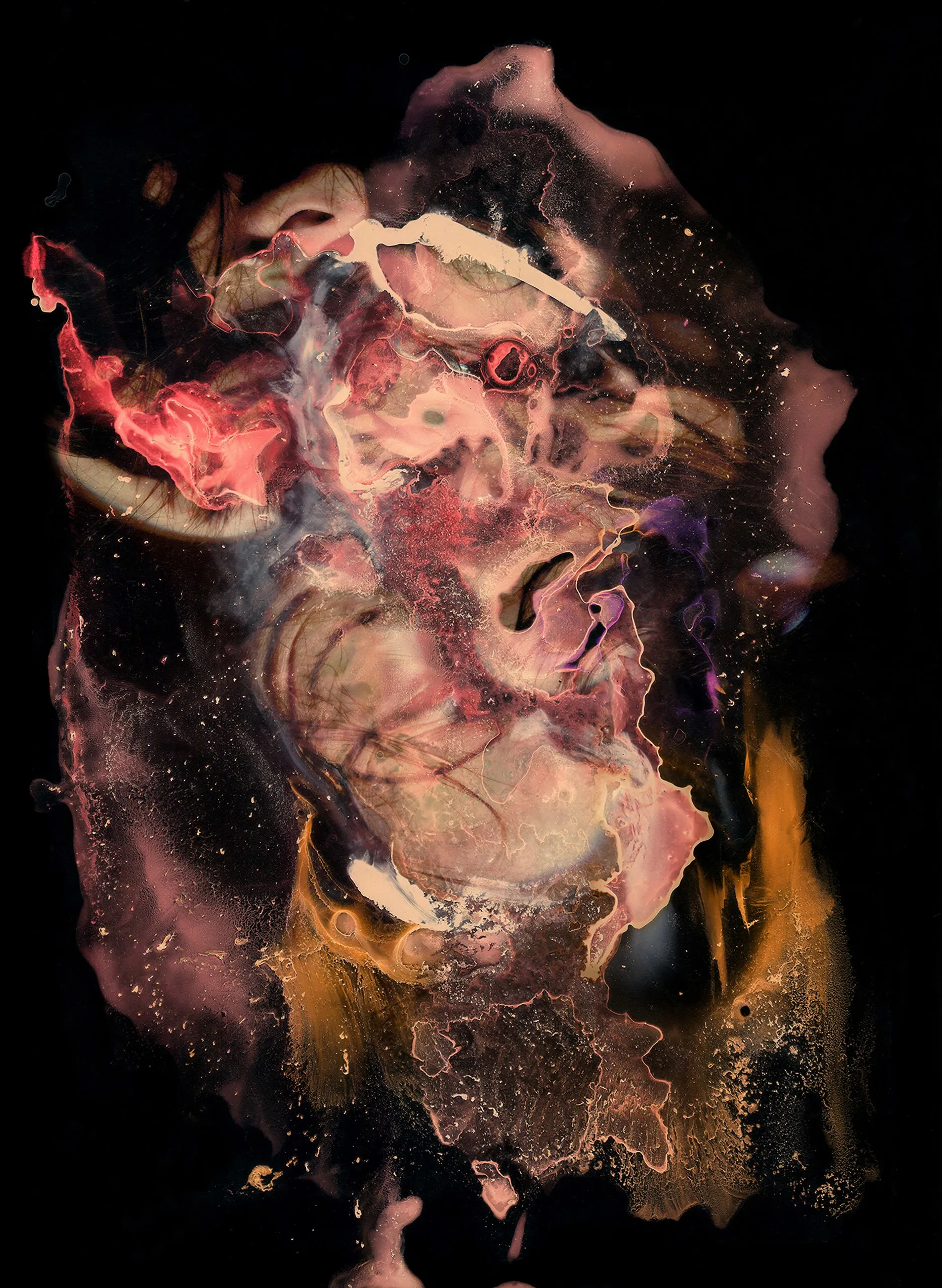Photofusion is pleased to continue the run of the highly acclaimed and anticipated work of Vivian Maier which is receiving its first UK audience as part of the London Street Photography Festival (July 2011).
The exhibition brings together 48 black & white and color prints from the Chicago-based nanny who spent her spare time wandering the streets with her Rolleiflex, taking snapshots of street life around her.
An American of French and Austro-Hungarian extraction, Maier travelled between Europe and the United States before settling in New York City in 1951. Having picked up a camera just two years earlier, she combed the streets of the Big Apple refining her artistic craft.
In 1956 Maier left the East Coast for Chicago, where she spent most of her remaining life working as a nanny. She continued shooting well into the 1990s, amassing a collection of over 100,000 negatives.
A LIFE UNCOVERED
EXHIBITION DATES
07/29/2022 - 09/16/2022
LOCATION
Photofusion GalleryFEATURED PHOTOGRAPHER(S)
Sophia Collin, Isaac Patel
Often described as ‘Mary-Poppin’s’, Vivian Maier had eccentricity on her side as a nanny for three boys who she raised like a mother. Starting in 1956, working for a family in an upper-class suburb of Chicago along Lake Michigan’s shore, Vivian had a taste of motherhood.
She’d take the boys on trips to strawberry fields to pick berries.
She’d find a dead snake on the curb and bring it home to show off to the boys or organize plays with the children on the block.
Vivian was a free spirit and followed her curiosities wherever they led her. Maier’s photos also betray an affinity for the poor, arguably because of an emotional kinship she felt with those struggling to get by. Her thirst to be cultured led her around the globe.
Through her unique style of candid street photography, Maier incidentally recorded some of the most interesting marvels and peculiarities of urban America in the second half of the twentieth century. The collection includes spontaneous street scenes, street portraiture and abstract compositions reminiscent of some of the greatest photographers of the twentieth century.
Vivian Maier’s massive body of work came to light in 2007 when a box of her negatives and undeveloped film was discovered at a local thrift auction house on Chicago's Northwest Side. The work is now being archived and catalogued for the enjoyment of others and for future generations.



